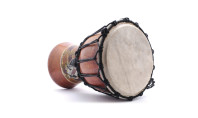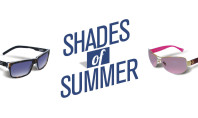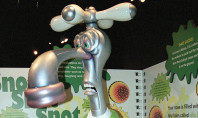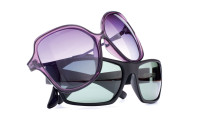6 Summer Bummers and Ways to Avoid Them
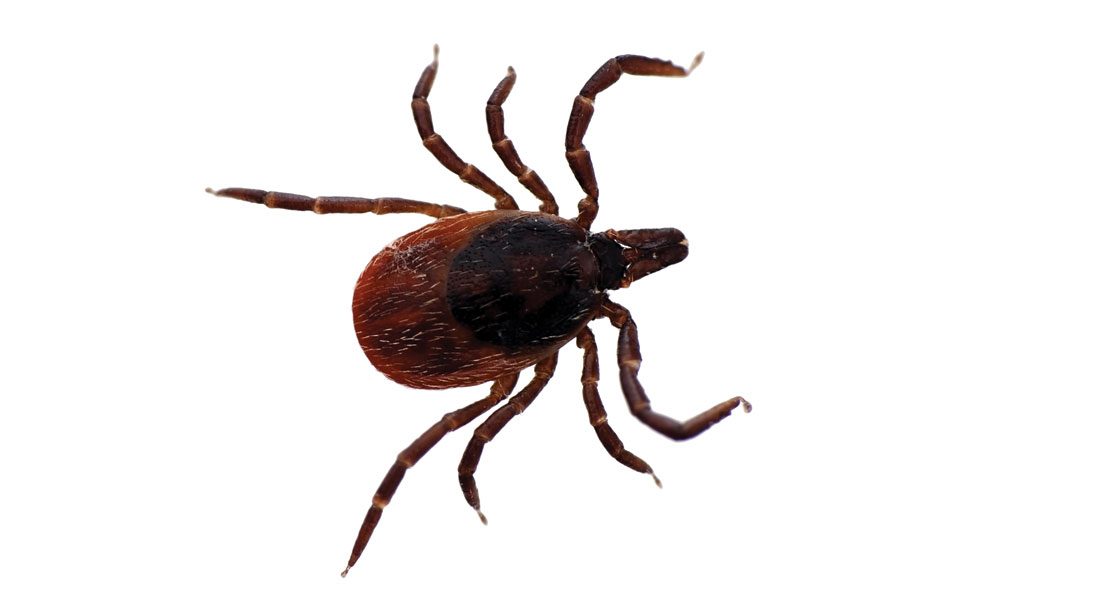
By Kathryn M. D’Imperio
From hitting the beach to family hikes, swimming, playing outdoor sports, or simply doing more gardening and yard work, the summer time offers us delightful weather and longer daylight hours to enjoy as we do some of our favorite things.
But, with the summer fun can come a slew of health troubles. Keep reading for some of the most common summer health woes and tips on prevention, symptoms to watch for, and what to do if you come down with any of these conditions.
BUG BITES
Why it’s a pain: Mosquito bites now may carry greater concern due to the spread of West Nile Virus and Eastern equine encephalitis (Triple E).
How to avoid it: A natural preventative like oil of lemon eucalyptus or more serious bug spray with DEET and as much coverage with clothing as you can stand in the summer weather can be a good first line of defense. Next, avoid spending time outside during peak biting times, dawn and dusk.
Symptoms: Red, raised, itchy bumps that spread when you scratch.
What to do if you get it: Don’t scratch! Wash or rinse the area with cool water, apply a cool compress or ice pack, and try to relax without thinking about the bites. You can also apply an anti-itch cream like calamine lotion, hydrocortisone cream, or an ammonia-based product like After Bite.
DEHYDRATION
Why it’s a pain: When the body can’t replace its lost electrolytes, dehydration may occur. When sweating slows down and the body can’t cool itself off enough, heat stroke may become an even greater concern.
How to avoid it: Be sure to get your eight glasses of water per day, and more if you are pregnant, nursing, or getting a lot of physical activity. But don’t stop there! Mix up a 50/50 drink of Gatorade and water so you can refuel your potassium and sodium levels.
Symptoms: Thirst, headache, nausea, fatigue, and confusion.
What to do if you get it: For mild dehydration, you should drink to replace your fluids. If you are facing heat stroke, you are looking at a visit to the emergency room to get hooked up to an I.V. for immediate treatment, especially as a measure to prevent damage to your kidneys.
LYME DISEASE
Why it’s a pain: Lyme disease, when caught early, can often be eradicated with antibiotics. Delayed or insufficient treatment of Lyme’s may lead to more severe symptoms that become debilitating and resistant to treatment.
How to avoid it: Avoid blacklegged ticks (deer ticks) like the plague. Wear long sleeves, long pants, and hats, and stay on the trails when hiking in wooded areas. Remove all clothing and check for ticks after you’ve been outside. Consider wearing bug spray with DEET for added protection.
Symptoms: Starting with a tick bite, characteristic bulls-eye rash, flu-like symptoms, escalating to more severe symptoms like joint pain and neurological problems if left untreated.
What to do if you get it: Contact your doctor for immediate assessment, even if symptoms come and go. The body responds best to early treatment.
POISON IVY
Why it’s a pain: Poison ivy spreads like mad, especially if you scratch it. These leaves of three will cause a very uncomfortable, very itchy rash that takes days to go away.
How to avoid it: First, learn what the poison ivy plant looks like and avoid it. Wear gloves and high boots when doing yard work and try to avoid getting into shrubbery or lush vegetation when going on hikes or other excursions.
Symptoms: Itchy, bubbly rash that is often skin-colored; redness or blistered skin that becomes more so when scratched.
What to do if you get it: For a mild case, apply a topical anti-itch ointment like calamine lotion. For a severe case, you may want to visit your physician for a prescription for steroids to help kick the rash out of your system.
SUNBURN
Why it’s a pain: The sun’s rays cause much more than a golden glow, for example, painful red skin (sunburn), premature aging and wrinkles, and even skin cancer.
How to avoid it: Be sure to wear sunscreen and reapply periodically as needed or after swimming or sweating. You can also wear a hat, sunglasses, long sleeves, sit in the shade or avoid going out in the sun during peak hours when sunburn is most likely to occur, typically from 10 a.m. to 2 p.m.
Symptoms: Red skin that feels warm and tender, sensitive to the touch; more severe symptoms: associated pain and swollen or blistered skin.
What to do if you get it: Try to stay out of the sun until your sunburn goes away. Consider wearing long sleeves and long pants as well as a hat to avoid further damage. Apply Aloe Vera and take cool baths to soothe the skin. You can also take aspirin, acetaminophen, or ibuprofen to ease the chills, fever and pain you might be experiencing. (Ensure these do not conflict with any current medications or medical conditions you may have.)
SWIMMER’S EAR
Why it’s a pain: Water may become trapped in your ear canal, causing irritation, swelling, and possible infection.
How to avoid it: You and your children can wear wax ear plugs or custom ear plugs to prevent water from getting into your ear canal.
Symptoms: Decreased hearing ability and ear pain; possibly a full feeling in the ear, fever, or swollen lymph nodes.
What to do if you get it: Make an appointment to see your doctor. You’ll need to get a prescription to deal with this annoying summer ailment.
These are some of the more common summer health issues known to affect our area. Take some time to audit your first aid kit so you can always be prepared for these and other health troubles no matter where you are when they occur. At a minimum, you should have a first aid kit in your car and one at home, complete with bandages, disinfectant, gauze, antibiotic ointment, hydrocortisone cream, Aloe Vera, hand sanitizer, instant ice packs, eye drops, and tweezers. You should also keep bug spray and sunscreen close at hand.



